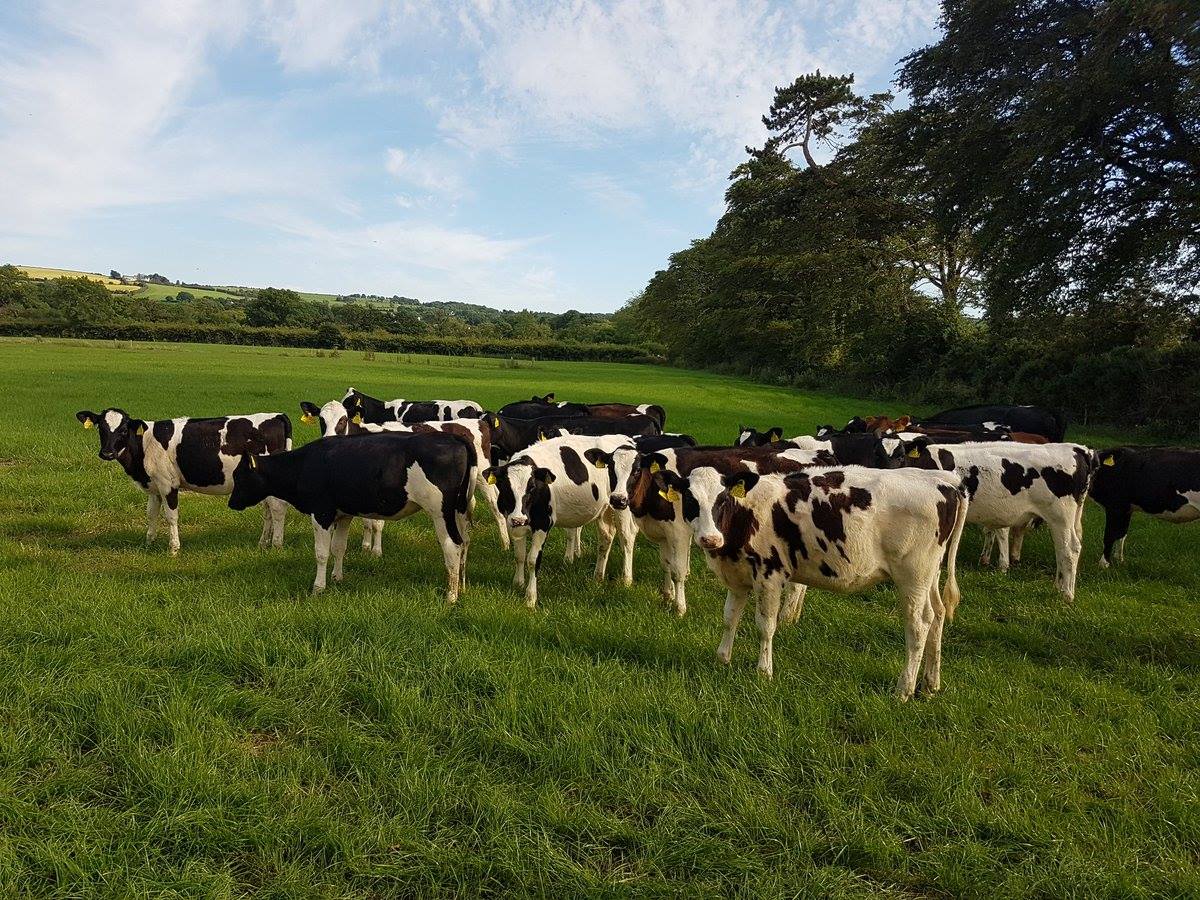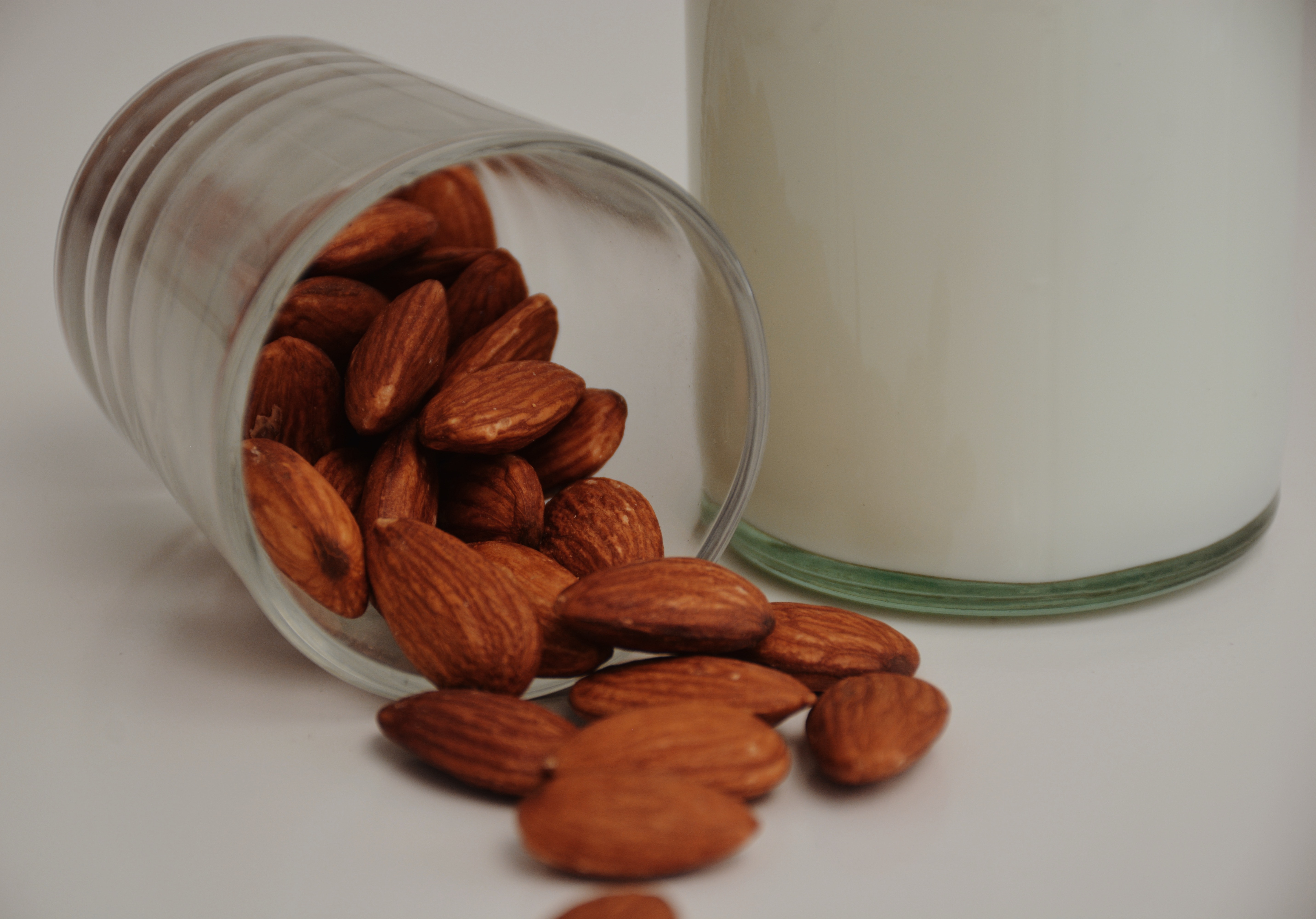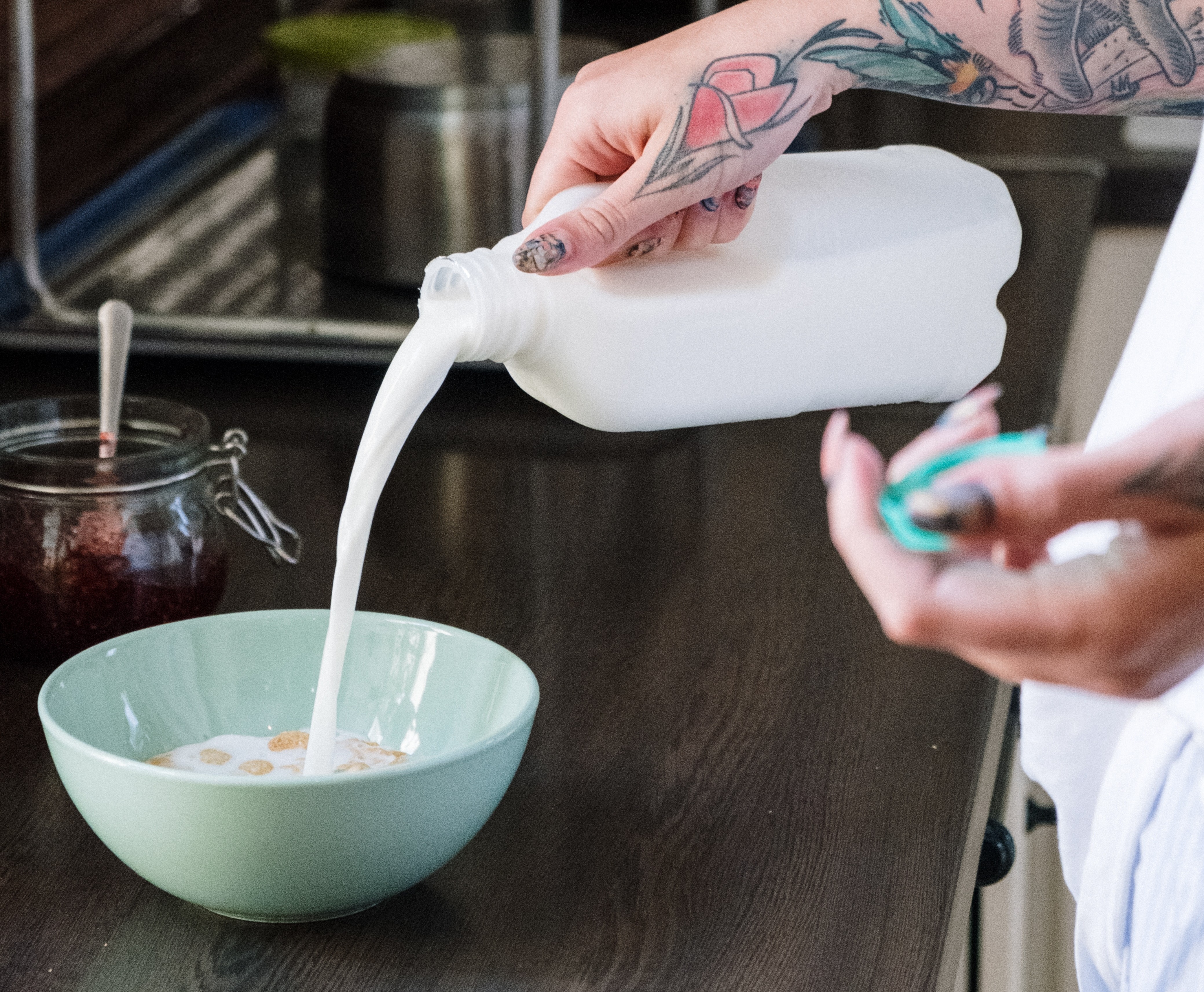There’s no disputing the rising consumer demand for alternatives to dairy products over recent years, and indeed there’s a multitude of motivational factors behind this move. For some, there’s a genuine need for dairy-free alternatives, but for others, it’s a matter of choice.
Here at Feed For Growth, we think it’s vital to consider the whole picture. So, we’ll be using this blog to explore the advantages and disadvantages of both dairy and its alternatives and some of the reasons behind their uptake.
Why Dairy?
The dietary benefits of dairy in the human diet are indisputable. Dairy products, including milk, cheese, and yoghurt, are rich sources of protein and calcium - essential nutrients for the growth and maintenance of healthy bones, teeth, and muscles. Calcium is particularly important for pregnant women in aiding the healthy formation of the unborn baby’s bones. For young children, milk is also a rich source of other essential vitamins essential for healthy growth and development.

Nutritional Benefits of Milk
One 200ml glass of semi-skimmed milk contains:
- 31% of our recommended daily intake of calcium
- 14% of our recommended daily intake of protein
- 74% of our recommended daily intake of vitamin B12
- 23% of our recommended daily intake of vitamin B5
- 41% of our recommended daily intake of iodine
- 28% of our recommended daily intake of phosphorous
Source: NFU Online
Why dairy-free?
Allergies and intolerance
As with everything, there is a genuine need for the availability of dietary alternatives to dairy products, due to factors such as allergies and intolerances.
Lactose intolerance is a common digestive problem whereby the body is unable to digest lactose – a type of sugar that is mainly found in dairy products.
Cow’s milk allergy is one of the most common childhood food allergies, typically occurring when a child is first introduced to dairy at weaning. In this instance, it is advised that the removal of cow’s milk and supplementation with alternatives should only be given under the direction of a doctor. * Children often grow out of this allergy by 5 years of age.
* Source: NHS

Choice
The recent rise in consumption of dairy alternatives has come about to a large extent, by choice. Some simply prefer the flavour of alternative products, including what are widely described as “milks” from oats, almonds hazelnut, and coconuts, while others have been spurred by a quest for a ‘healthier’ lifestyle or the perceived reduced impact on the environment.
In many instances, this notion of these benefits couldn’t be further from the truth - with some alternatives being higher in calories yet lacking the high protein, vitamins and iodine that dairy provides. Alternatives (such as soya and almond) can also be guilty of far greater, largely irreversible damage to the environment and earth’s ecosystems.
One of the most common arguments of those who oppose the consumption of dairy products is that of the impact on the environment. This case is often centred on the production of methane and its contribution to global warming. An opinion, which is now much disputed, as the understanding of methane and carbon dioxide has greatly improved.

Myth: Methane produced by dairy cows contributes hugely to global warming.
Busted!
A report from Kite Consulting in 2019, titled ‘Dairy 3.0 – a new paradigm for the UK dairy industry’ explains that while methane is more potent than carbon dioxide in the short term, it expires vastly quicker (9-14 years as opposed to millennia) meaning that its contribution to global warming is quite limited.
Increased awareness of the impact of intensive farming practices on the environment on a global scale – with particular reference to the destruction of forest habitats – is also a matter close to the hearts of those opposed to animal products. It is pertinent to remember though, that modern dairy farming practices couldn’t be further from these perceptions - with a greater emphasis on reducing environmentally detrimental practices and ecological concerns than ever before.
In fact, many Dairy alternatives are guilty of being hugely responsible for large-scale deforestation across the globe as well as habitat and species loss.
Myth: Dairy farming is environmentally damaging.
Busted!
The UK dairy industry is one of the most sustainable in the world, accounting for only 2.8% of the UK’s carbon footprint. In addition to this, the UK dairy sector is coming together to strive for Net Zero.
Since 2008, the UK dairy industry has been world-leading in its commitment to increase the industry’s eco-credentials through The Dairy Roadmap.
The Roadmap hit its targets in 2010 and 2015, including an 18% decline in serious pollution incidents on dairy farms, and a 69% increase of dairy farmland allocated to environmental stewardship schemes among others. With this, it set ambitious goals for 2020 and 2025. More information can be found on the dairy roadmap.
Source: DairyUK
According to DairyUK, a single pint of milk produces just 0.7kg of Co2 emissions – or the equivalent of driving 1.7 miles in a car. In addition, dairy-free alternatives don’t come without their environmental concerns, which we will dive into later.
It is also worth considering that we cannot use crops vs dairy farming as a direct comparison in this regard. For instance, cows play an important role in supporting the environment, largely due to these factors:
- Soil type, weather conditions, terrain, and other factors mean that many land types are unsuitable for crop farming. Therefore, cows utilise otherwise useless land by converting non-edible grasses into nutritious dairy products.
- Using this land for dairy farming helps to maintain the UK and Ireland’s iconic green pastures, providing habitats for British wildlife, and storing carbon dioxide, which helps to combat the impact of climate change.
- Cow compound manure helps to put nutrients back into the soil, aiding the growth of crops that we eat. Arla
Concerns over animal welfare could also be considered largely invalid when it comes to contemporary UK and Irish farming practices, which achieve some of the highest standards in the world.

So, what are the alternatives?
There are a growing number of alternatives to dairy products widely available to consumers - whatever the motivation, these include soya milks, yoghurts and some cheeses, rice milk, oat milk, almond milk, hazelnut milk, coconut milk, quinoa milk and potato milk. Let’s dig a little deeper into them…
Myth: Dairy alternatives are more sustainable.
Busted!
Sustainability is measured in three pillars: environmental, social, and economic. From nutrition to employment, dairy contributes greatly towards people’s livelihoods, and delivers genuinely sustainable development.
One of the biggest focuses in this argument, however, is the environmental impact, so we’re going to take a moment to hone in on that. We’ve already discussed the Dairy Road Map above but it’s also worth focusing on the damage that alternative milks cause to the environment.
For example, 80% of the world’s commercial almond production comes from California. Because of the sheer quantity of water that is required to produce almond milk (on average, 3.2 gallons, or 128 litres per one California almond – 17 times more than cow milk production per litre: https://www.sciencedirect.com/science/article/pii/S1470160X17308592#b0170 ), production has actually contributed to the severe drought conditions of California.
In addition to this, almond farmers are utilising commercial beekeepers to pollinate their almond groves. These almond crops are treated with an excess of pesticides, which are harmful to bees, resulting in the bees returning ill, or not returning at all. According to reports, 50 million bees (or approximately one-third of the US commercial bee population) died during the winter of 2018-19.
Source: The Guardian
Other impacts from plant-based alternatives include contributing to deforestation, soaking up water, and producing greenhouse gas emissions
Other plant-based alternatives just don’t come up to scratch on the nutrition front…

Myth: Plant-based alternatives provide the same nutrients as cow’s milk.
Busted!
It is incredibly difficult to obtain the balanced nutrition available from dairy through exclusively plant-based means. No milk alternative product on the market today is fortified with all the vitamins and minerals present in cow’s milk. Source: Arla
The main consideration when cutting dairy out of the diet is the provision of enough calcium for healthy bodily functions, including maintaining strong bones and teeth, regulating muscle contractions, and ensuring the blood clots normally. There are also many types of vitamin B found in dairy products, including B1 (thiamin), B2 (riboflavin), B5 and B12.
Source: NHS
Vitamin B12 is essential for a healthy brain and immune system and is commonly found in animal products. But, when substituting dairy with a plant-based milk alternative, even choices that are fortified with vitamin B12 contain less than half the levels of dairy milk.
Source: Arla

Cow’s milk is king
From a nutritional perspective, it’s clear that dairy trumps other food groups for its provision of overall essential nutrition, particularly when substituting plant-based alternatives exclusively.
The denseness of nutrition found in cow’s milk is particularly difficult to match in even fortified plant milk alternatives, making it essential to balance the diet extensively through other means. This is of particular importance in growing children and pregnant women, though deficiencies can easily occur in older children and adults, leading to serious health complications. With this in mind, the benefits of dairy are inarguable, and in respect of cheese and other ‘naughtier’ dairy products, it still stands that a little of what you fancy does you good.
Dairy or non-dairy is a matter of personal choice and individual motivations for the switch should not be criticised. What we are passionate about is protecting our industry using research, facts and nutritional science. For more information, technical bulletins and best practise advice for calf-rearing, visit the resources section of our website.
Published on: 02 June 2021
View all articles